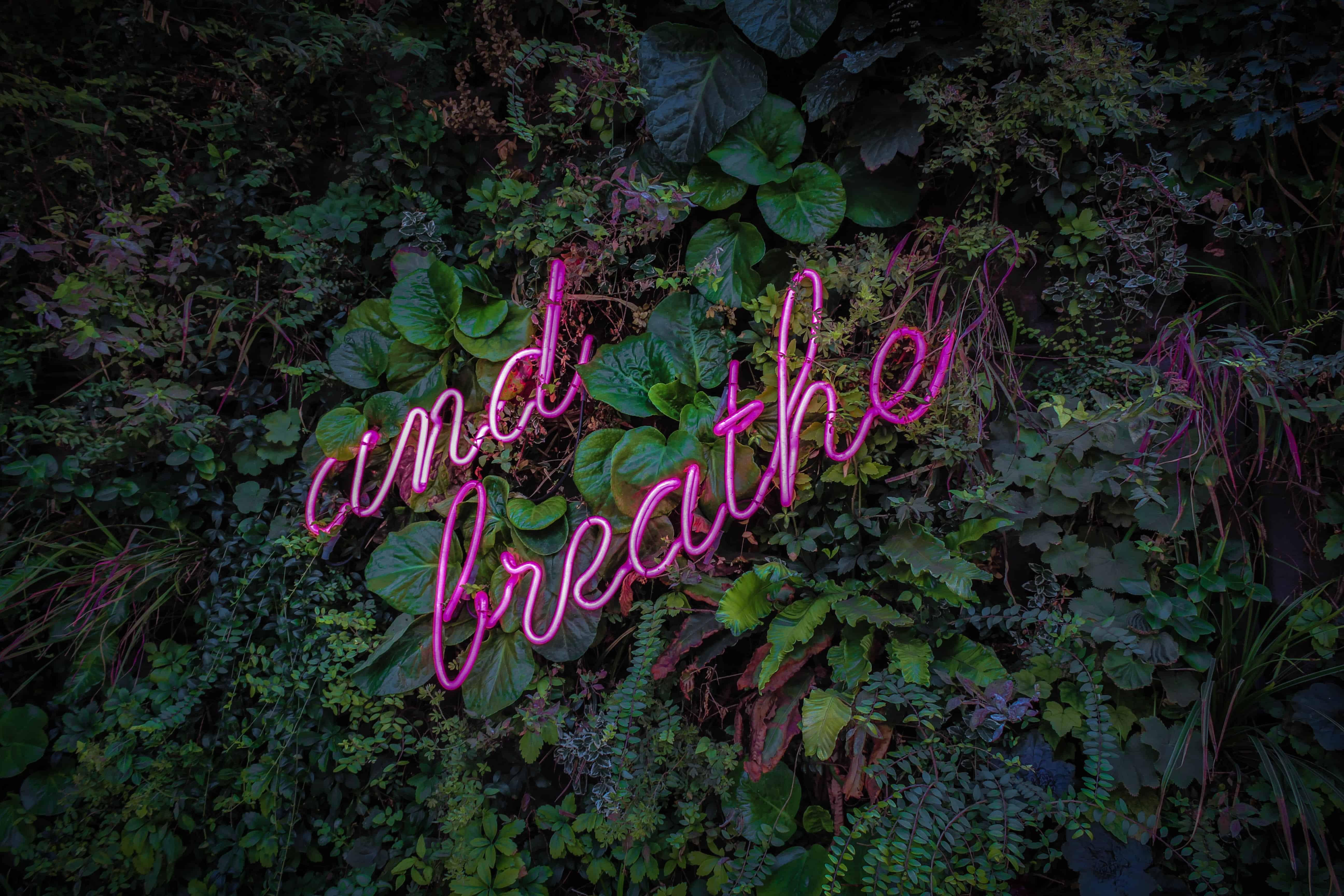The Respiratory System – An Overview
Breathing is the basis of human life. In order to breathe, most animals of all sizes have specialized cells and tissues which form the respiratory system.

Respiration involves the exchange of gases in the body, and occurs at two levels:
- Within the cells: Oxygen is transported into the cells of our body to convert the stored energy in food into usable energy in the form of adenosine triphosphate (ATP, a molecule containing high-energy bonds that can be broken to release energy) to fuel cell processes. At the same time, carbon dioxide arising from cell metabolism diffuses out of the cell into the extracellular fluid and then to the bloodstream, to be carried to the lungs where it leaves the body.
- In the lungs: Oxygen is absorbed into the blood from the air we breathe in, and carbon dioxide leaves the blood to be removed through the air breathed out
What Makes Our Respiratory System?
A simple explanation of the anatomy of the respiratory system:
Air moves through the nostrils (the outer openings of the nose), and is filtered by the nasal hairs, warmed and moistened in the nose. It then passes through the internal nares at the back of the nose and into the pharynx, a muscular tube linking the nose and the mouth to the rest of the airway and also to the food pipe.
Of course, air can also enter the airway through the mouth, especially if the nose is blocked.
Some air enters the hollow spaces in the skull, called the paranasal sinuses. These spaces have several functions: they warm and moisten the air; they regulate the quality of the voice by adding resonance to it; and they lighten the head.
The pharynx has two parts: a nasopharynx and an oropharynx. The nasopharynx lies behind the nose, and the oropharynx behind the mouth.
The tonsils are masses of lymphatic tissue at the sides of the throat to mount an immune response to airborne germs.
The adenoids are similar masses at the top of the throat which may enlarge to block the air passages.
The air then passes into…
The larynx or voice box. This is a small box-like space bounded above by two folds of tissue covered by mucous epithelium. The upper edges of these ‘vocal folds’ are called the vocal cords, and control the opening of the larynx. Thus the larynx regulates voice and sound production and quality, and can close off the breathing tube.
The larynx continues down into a tube called the trachea, lined by muscle. C-shaped flexible cartilage rings support the wall. If the cartilages are too weak, as in some prematurely born babies, the trachea closes with each breath, making it extremely difficult to breathe.
The trachea divides into two bronchi, the right and the left, similarly lined by cartilage. Each bronchus divides into two 15-16 times in succession. The final bronchi divide six or seven times into small thin-walled tubes called bronchioles, lacking cartilage. These then form the fine alveolar ducts.
The bronchi and bronchioles are lined by epithelial cells with cilia (hairlike projections) on the surface. Cilia keep the airways clear, sweeping out dust, germs and debris towards the throat.
The alveolar ducts end in bubble-like, thin-walled sacs of flat epithelium, lined on the outside by a rich network of capillaries. These sacs are called alveoli and are the functional units of the lung.
The two lungs are composed of all the structures from the main bronchi to the alveoli. These large spongy organs almost fill the chest cavity. The right lung has three lobes and the left lung two.
The ribs are long horizontal flexible bones that support the chest wall, keeping the chest cavity open and protecting it from blunt injury to some extent. Thin muscle bands called the intercostal muscles span the space between successive ribs. These muscles come into play when breathing is difficult, to contribute more effort to expanding the ribcage.
The diaphragm is a vital component of respiration. This is a large dome-shaped flat sheet of muscle extending horizontally between the chest and abdominal cavity. It moves downwards during inspiration.
The lungs rest on the diaphragm inside the chest cavity. Their outer surfaces are covered by a very smooth lubricated layer called the visceral pleura. This folds over to line the inner surface of the chest cavity and the upper surface of the diaphragm, now forming the parietal layer of the pleura. This allows the lungs to glide smoothly over contact surfaces during breathing.
How the Respiratory System Works
When we breathe in, the diaphragm moves down and flattens. At the same time, the intercostal muscles expand the ribcage by pulling it outwards and upwards. The negative pressure between the parietal and visceral pleural layers ensures that the lungs expand with this movement of the chest wall and diaphragm during inspiration. This creates a corresponding negative pressure inside the lungs, sucking in air.
Normally, once the muscles relax, the ribcage simply sinks back to its resting position and exhalation occurs passively, by the elastic recoil of the lungs.
The lungs are supplied oxygen by the pulmonary arteries, which are direct branches of the pulmonary trunk, a large artery emerging from the right side of the heart. The blood in the pulmonary arteries is low in oxygen and rich in carbon dioxide.
The arteries branch repeatedly to eventually form the capillary plexus around the alveoli. The oxygen-rich blood in the capillaries returns to the left side of the heart through the two pulmonary veins, and is pumped from the heart through the large artery called the aorta to all parts of the body.
Measuring Respiratory System Function
The amount of air exhaled during a normal breath cycle is called the tidal volume. The respiratory minute volume refers to the tidal volume times the number of breaths per minute. This is about 5 liters, which means that each minute, this volume of air reaches the alveoli and engages in gas exchange.
This is roughly equivalent to the 5 liters of blood that pumps through the lungs with each minute. This means that the normal ratio of the volume of air to the volume of blood available for gas diffusion (the ‘ventilation-perfusion ratio’) is almost 1:1.
During exercise, more air moves in and out, called the inspiratory reserve volume and expiratory reserve volume, respectively.
An individual’s vital capacity refers to the amount of air exhaled forcefully after a full inspiration following a normal inhalation. This includes the inspiratory reserve volume, the tidal volume and the expiratory reserve volume. It comes to about 4-5 liters in the average person.
The lung normally retains some amount of air to keep the alveoli open at all times, and this is called the residual volume. This does not escape, no matter how deeply you breathe out. This air, along with the expiratory reserve volume, keeps the alveoli patent and also continues to supply some oxygen to the lung capillaries even during exhalation.
How to keep your respiratory system healthy
Exercise
Exercise is a wonderful way to keep the lungs working properly, as well as tone the heart, joints, and muscles. Deep breathing maintains good oxygenation and exercises the lungs and ribcage. However, reduce your time in busy and polluted spaces, and don’t practice deep breathing in heavily polluted areas.
Diet and Water
Maintaining a normal body weight and a healthy immune system is key to health. Eat a balanced diet with seven or more servings of fruit or vegetables, in addition to whole grains, legumes, steamed or baked fish and lean meats, and whole milk.
Drink a lot of water throughout the day to prevent mucus from blocking your respiratory system.
Sleep
Sleep is also important in healthy respiratory function. Smoking and being overweight increases the risk of breathing problems such as sleep apnea (when breathing stops temporarily during sleep, affecting blood flow to the brain and the heart). This has been shown to lead to chronic fatigue, increased blood pressure within the lung’s blood vessels, cardiac failure and breathlessness, with premature death.
Relaxation
Stress busters are also important to keep your breathing easy. Relaxation techniques and making time to enjoy something quiet and interesting are all useful.
Try SOMA Breath techniques to feel both more relaxed and more alert.
Sources
- https://www.lung.ca/lung-health/lung-info/respiratory-system
- https://www2.estrellamountain.edu/faculty/farabee/biobk/BioBookRESPSYS.html
- https://www.myvmc.com/anatomy/respiratory-system/
- https://www.ck12.org/biology/respiratory-system-health/lesson/Respiratory-System-Health-MS-LS/
- https://www.healthdirect.gov.au/respiratory-system



Leave A Comment